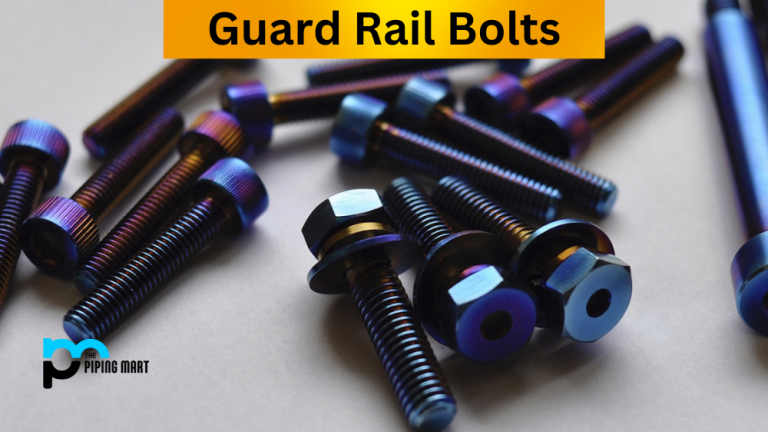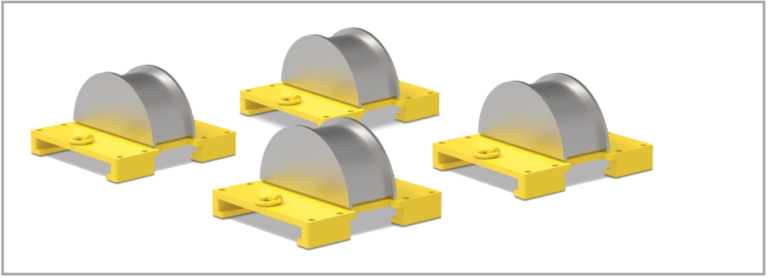Valve Technology: A Key Driver of Innovation in Geosynthetics
Valve technology plays a pivotal role in driving innovation and sustainability within the geosynthetics sector. From optimizing fluid management to mitigating environmental impacts, valves are essential components in enhancing performance and efficiency. This article offers a comprehensive overview of valve technology in geosynthetics, providing valuable insights to enrich your understanding.

Enhancing Geosynthetic Performance with Valve Precision:
Valves serve as critical components in geosynthetic systems, offering precise control over fluid flow and pressure dynamics. In drainage applications, valves regulate water discharge, preventing erosion and ensuring structural stability. Through effective hydraulic management, valves significantly improve the functionality and durability of geosynthetic structures.
Exploring the Diversity of Valve Types in Geosynthetics:
A variety of valve types find application in geosynthetic installations, each tailored to specific project requirements. Sluice gates, flap valves, and butterfly valves are among the commonly used options, providing versatility in design and functionality. Engineers leverage these valves to customize solutions, addressing project complexities and site-specific challenges.
Valves: Promoters of Environmental Sustainability in Geosynthetics:
Valves play a crucial role in advancing environmental sustainability within geosynthetic applications. By controlling fluid flow and preventing contamination, valves contribute to ecosystem preservation and pollution mitigation efforts. Additionally, efficient drainage systems incorporating valves aid in managing stormwater runoff, reducing the risk of flooding and environmental damage.
The Evolution of Valve Technology in Geosynthetics:
Continuous advancements in valve technology drive innovation across the geosynthetics industry. Smart valves equipped with sensors and automation features offer real-time monitoring and control, optimizing performance and resource utilization. Furthermore, the adoption of sustainable materials and manufacturing processes enhances the eco-friendliness of valve solutions, aligning with global conservation objectives.
Valve technology emerges as a key enabler of innovation and sustainability in the geosynthetics sector, empowering stakeholders to achieve superior functionality and environmental stewardship. By understanding the role and applications of valves within geosynthetic systems, stakeholders can unlock opportunities for sustainable infrastructure development and ecological preservation. As valve technology continues to evolve, its integration with geosynthetics promises to address the challenges of an ever-changing world.



